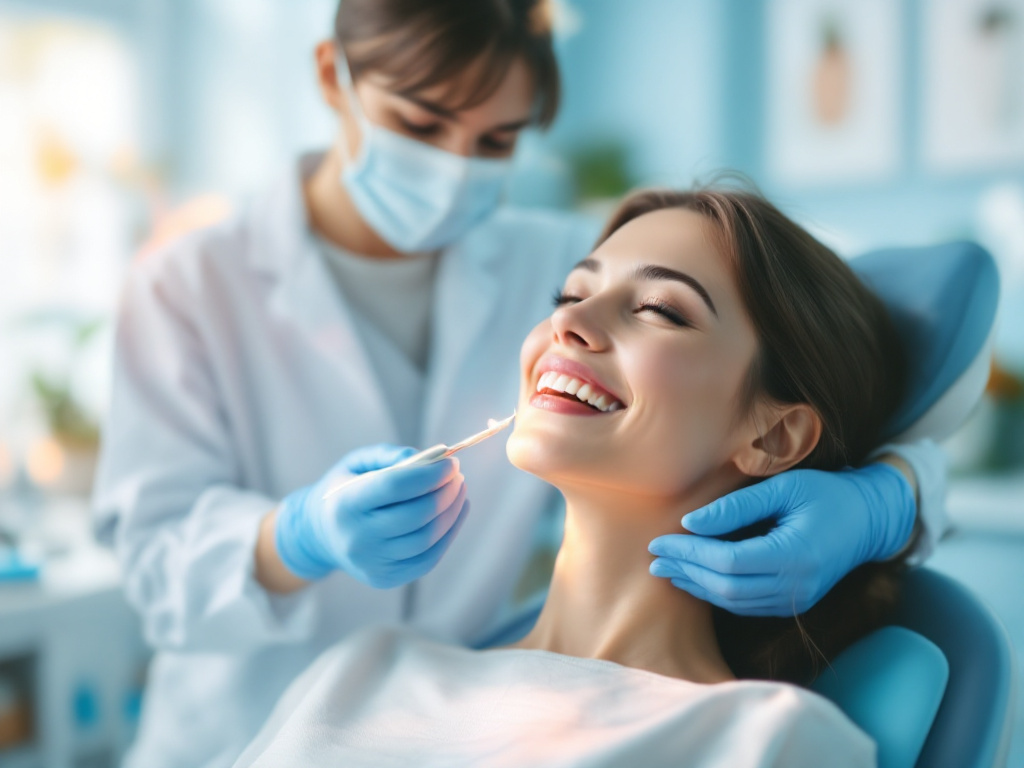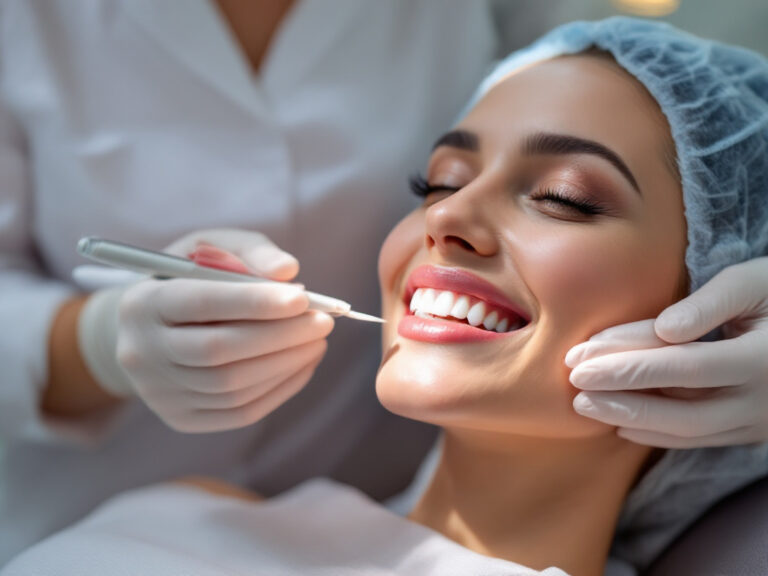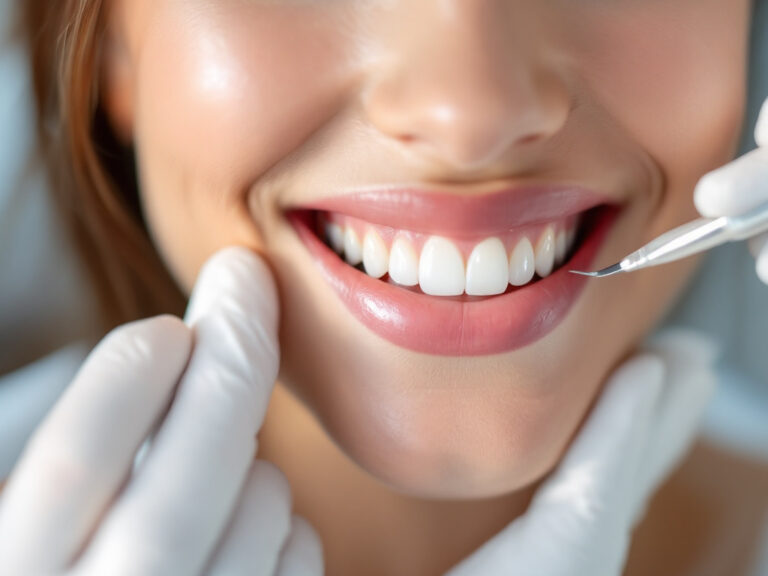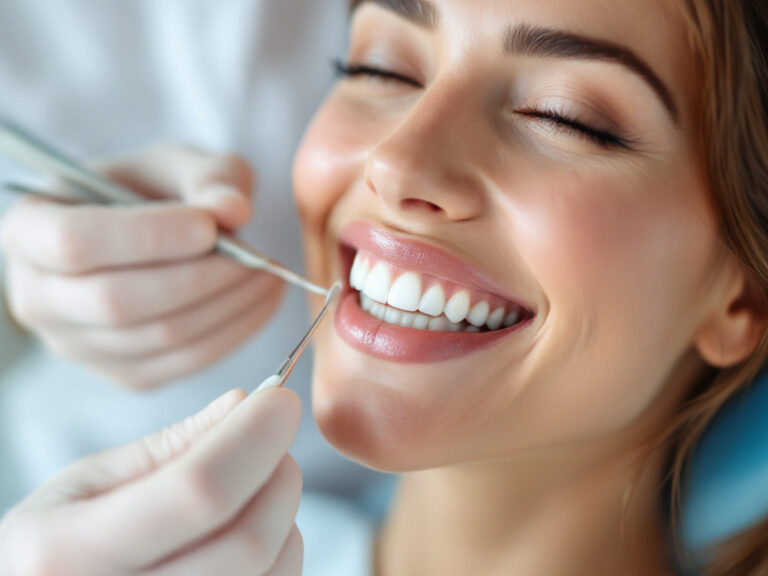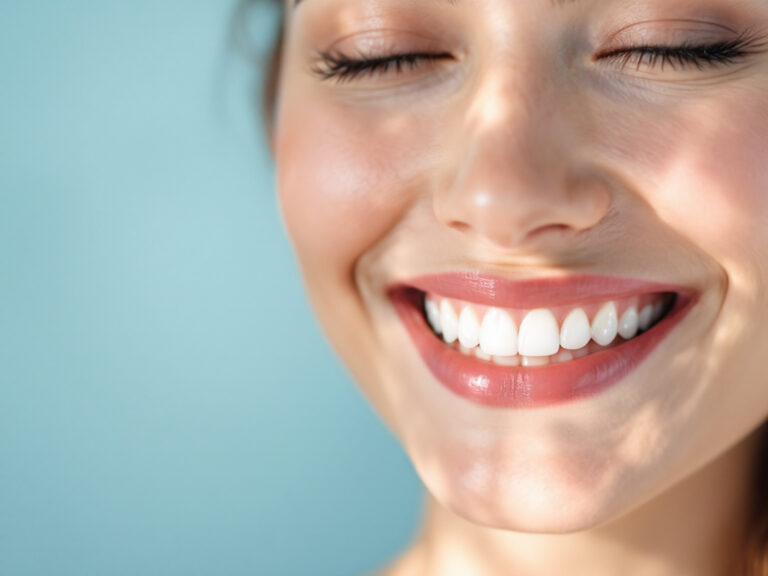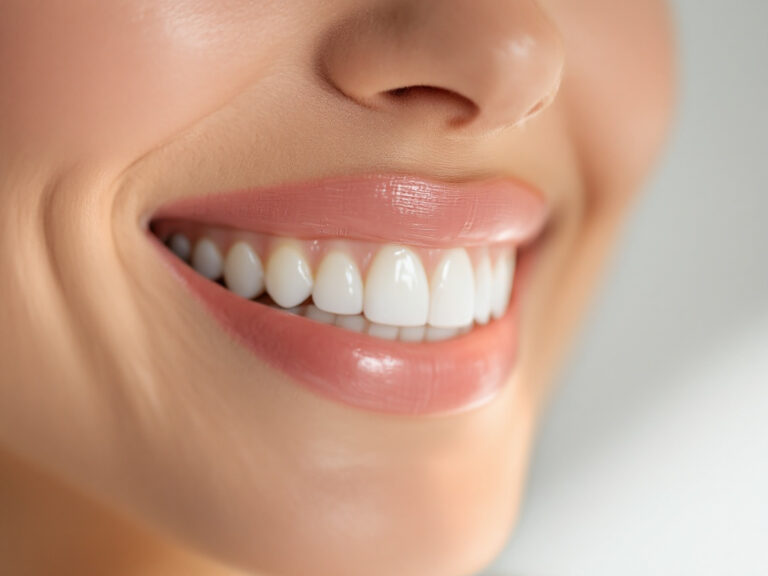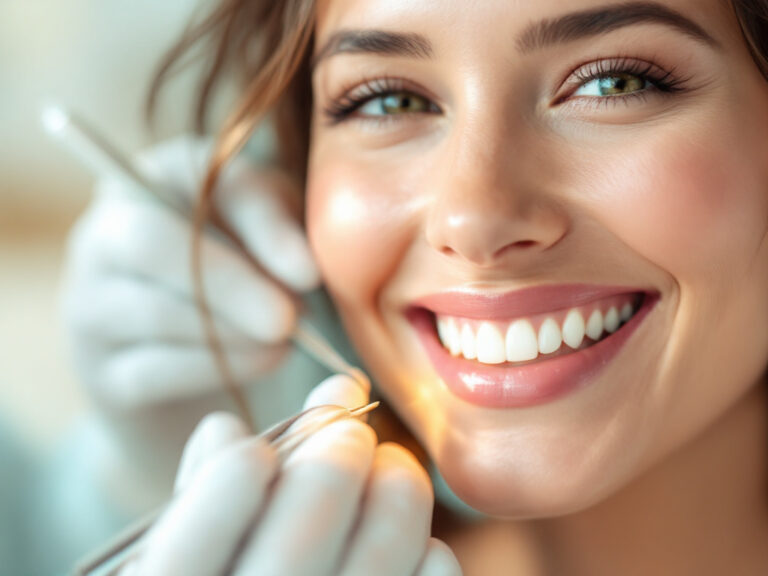Understand painless dental cleaning
Keeping your smile healthy goes beyond daily brushing and flossing—regular visits for a painless dental cleaning can help you remove plaque, prevent gum disease, and maintain long-term oral wellness. With advancements in technology, painless dental cleaning is no longer a distant promise, it’s a reality you can experience at our insurance accepted dental office. By combining gentle techniques with modern tools, we make each appointment comfortable and effective, so you leave feeling confident and refreshed.
A pain-free dental cleaning isn’t just about avoiding discomfort. It also reduces anxiety, encourages more consistent appointments, and supports your overall preventive dental care plan. When you schedule your cleaning alongside a routine dental checkup and a comprehensive dental assessment, you set the foundation for lasting oral health. As you explore the options below, you’ll learn how different methods and technologies work together to make cleanings virtually painless.
Explore advanced air polishing
How air polishing works
Air polishing, often branded as AIRFLOW Prophylaxis Master, uses a controlled mix of water, air, and a fine powder to blast away plaque and surface stains. Instead of manual scraping, the gentle slurry lifts debris without metal instruments touching your teeth. This method can deliver a thorough clean in 30 to 60 minutes, depending on your individual needs and the amount of buildup [1].
Benefits and patient experience
- Completely pain-free: no metal tools, so even sensitive areas feel comfortable
- Gentle on gums: ideal for people with gum recession or tender tissue
- Faster appointments: efficient removal of stains and plaque
- Better polish: leaves a smooth surface that resists new bacterial growth
Many patients with braces or implants find air polishing especially appealing. The pressure and powder type can be adjusted to protect dental work while still delivering an effective clean.
Suitability for implants and braces
Air polishing is safe for most dental restorations. If you have braces or dental implants, let your hygienist know so they can tailor the pressure and powder blend. This helps avoid any risk of damage while ensuring plaque is removed from hard-to-reach spots.
Compare ultrasonic and manual
Ultrasonic scaling process
Ultrasonic cleaning uses high-frequency sound waves to break up stubborn tartar, combined with a steady water spray to flush away debris. The device’s tip vibrates rapidly, creating tiny bubbles through cavitation that dislodge plaque below the gum line [2]. You’ll hear a gentle buzzing sound, but you won’t feel the scraping sensation associated with traditional tools.
Manual cleaning method
Manual scaling relies on hand-held instruments—scalers and curettes—to scrape plaque and tartar off tooth surfaces. While it allows precise tactile feedback, some patients experience mild discomfort when the metal touches sensitive areas.
Side-by-side comparison
| Feature | Ultrasonic cleaning | Manual scaling |
|---|---|---|
| Sensation | Mild vibration, water spray | Direct scraping, tactile feedback |
| Coverage | Reaches below gum line, under restorations | Effective on visible surfaces, may miss pockets |
| Comfort level | High, adjustable power | Variable, depends on tissue sensitivity |
| Treatment time | 20–40 minutes | 30–60 minutes |
| Ideal for | Heavy plaque, periodontal pockets, implants, crowns | Routine maintenance, light buildup |
Both methods are safe for most patients, including those with crowns, bridges, and implants. Often, practices combine ultrasonic and manual techniques to achieve the most thorough, painless result.
Assess laser cleaning options
Laser-assisted deep cleaning
Laser dentistry uses focused light energy instead of metal instruments to remove bacteria and diseased tissue below the gum line. The laser’s precision leads to less bleeding, swelling, and discomfort during and after the procedure [3]. Many patients report faster recovery and minimal sensitivity.
Periodontal laser therapy
For advanced gum disease, lasers can target deep periodontal pockets, sanitize the area, and promote tissue regeneration. Success rates in reducing pocket depths are high, making laser treatments an attractive option for lasting gum health.
Patient feedback and outcomes
- Shorter recovery: most return to normal diet within days
- Reduced inflammation: less post-procedure swelling
- High satisfaction: patients often choose lasers over traditional deep cleaning
- Long-term benefits: effective bacterial reduction supports periodontal maintenance
If you’re concerned about gum disease, a gum disease evaluation can determine if laser therapy fits your needs, or if a periodontal maintenance program might be better suited.
Choose sedation dentistry methods
Nitrous oxide sedation
Laughing gas, or nitrous oxide, helps you relax without losing consciousness. You breathe it through a mask, and its effects wear off quickly after the mask is removed. This mild sedation often complements a routine cleaning, especially if you feel anxious.
Oral conscious sedation
If you need deeper relaxation, oral medications can be taken before your appointment. You remain awake but noticeably calm. Because it can cause drowsiness, plan to have someone drive you home.
Intravenous and general anesthesia
For those with intense dental phobia or extensive procedures, IV sedation and general anesthesia are available. IV sedation offers rapid onset and adjustable depth, while general anesthesia ensures you’re completely asleep. Both require monitoring by trained professionals.
Pain-free injection technology
Injections of local anesthetic can be a source of anxiety for many patients. Devices like “The Wand” deliver numbing solution without the typical syringe sensation, creating a virtually pain-free experience [4]. Combining this technology with nitrous oxide or oral sedation can make even injections comfortable.
Prepare for your appointment
Communicate with your dentist
Share any past experiences, anxiety triggers, or sensitivity concerns before the cleaning begins. Clear communication helps your hygienist adjust techniques, suggest premedication like ibuprofen, or apply a topical numbing gel [5].
Pre-appointment pain management
Taking 600–800 mg of ibuprofen about an hour before your visit can reduce inflammation and enhance comfort during extensive tartar removal. Drinking water and avoiding sugary or staining foods in the hours before your appointment also helps optimize cleaning results.
What to bring and expect
- Photo ID and insurance card for easy check-in
- A list of any medications you’re taking
- Earbuds if you’d like to listen to music during the cleaning
- Questions for your hygienist about your custom dental hygiene plan or recommended follow-up services
Planning ahead ensures a seamless, stress-free experience.
Maintain comfort afterward
Post-cleaning care tips
- Rinse gently with warm salt water if gums feel tender
- Avoid very hot or cold foods for a few hours
- Brush with a soft-bristled toothbrush and nonabrasive toothpaste
Managing sensitivity
If you notice heightened sensitivity, try a desensitizing toothpaste containing potassium nitrate or fluoride. You might also schedule a tooth sensitivity treatment or a fluoride treatment for adults to strengthen enamel.
Scheduling follow-up visits
Consistency is key. Most adults benefit from professional cleanings every six months. If you have a history of gum disease or heavy buildup, your dentist may recommend visits every three to four months as part of a periodontal maintenance program.
Select the right provider
Insurance-friendly options
Look for an insurance accepted dental office that works with your plan. Transparent pricing and convenient claims processing make it easier to invest in your preventive dental care.
Comprehensive preventive services
Beyond painless cleaning, choose a practice offering a full suite of preventive options:
- Dental sealant application to protect molars from decay
- Tooth decay prevention program for children and adults
- Oral cancer screening as part of each visit
Patient-centered care approach
A truly gentle dentist for families prioritizes your comfort and long-term well-being. From a warm welcome at your new patient dental exam to ongoing support through a preventive dental care plan, the right team aligns treatments with your lifestyle and goals.
Painless dental cleaning is within reach. By leveraging air polishing, ultrasonic scaling, laser therapy, and sedation dentistry, you can enjoy a comfortable, anxiety-free experience. To maintain a healthy, radiant smile, book your next professional dental hygiene services or routine dental checkup today. Let us partner with you on your path to lifelong oral wellness.

